In our recent article about the Fujifilm GFX100 II, the camera was paired with a high-end cinema lens (Cooke Anamorphic FF) to shoot in a more controlled professional environment. This time, B&H took the camera to try it in a more indie-style production. Check it out.
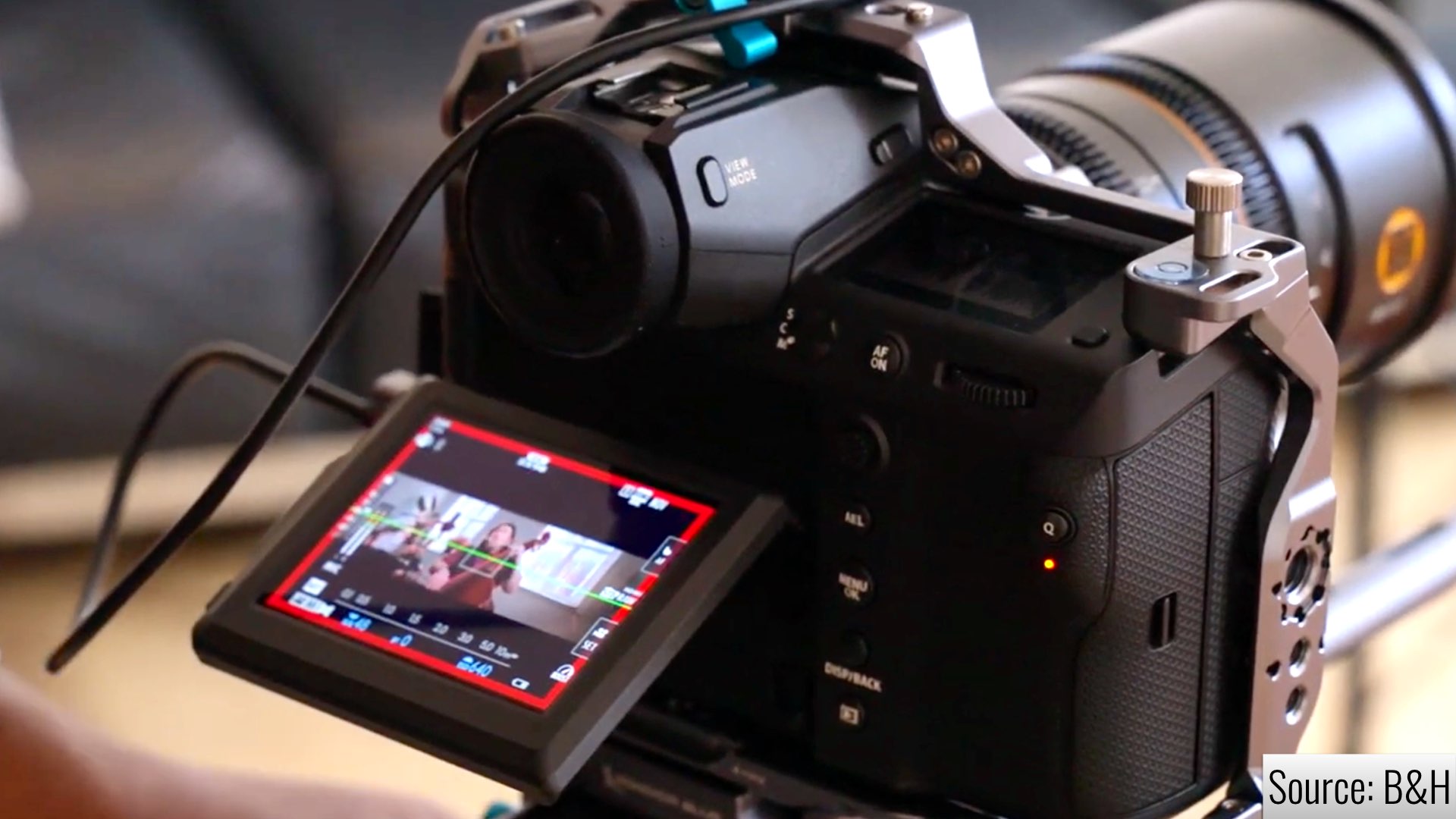
Fujifilm GFX100 II: A true medium format cinema camera (?)
It seems that everybody wants to convince us that the Fujifilm GFX100 II can be treated as a cinema camera per se. When the GFX100 II was launched it was paired with the mighty Premista lens. Fujifilm wanted to demonstrate to us that we could make a movie with the 2nd largest sensor behind ALEXA 65 and at a fraction of the price. The GFX100 II was presented as the medium format for the masses. Indeed, filmmakers who are eager to shoot at a crop factor of 0.8 compared to full-frame, now have the option without breaking the bank. That’s fine and logical.
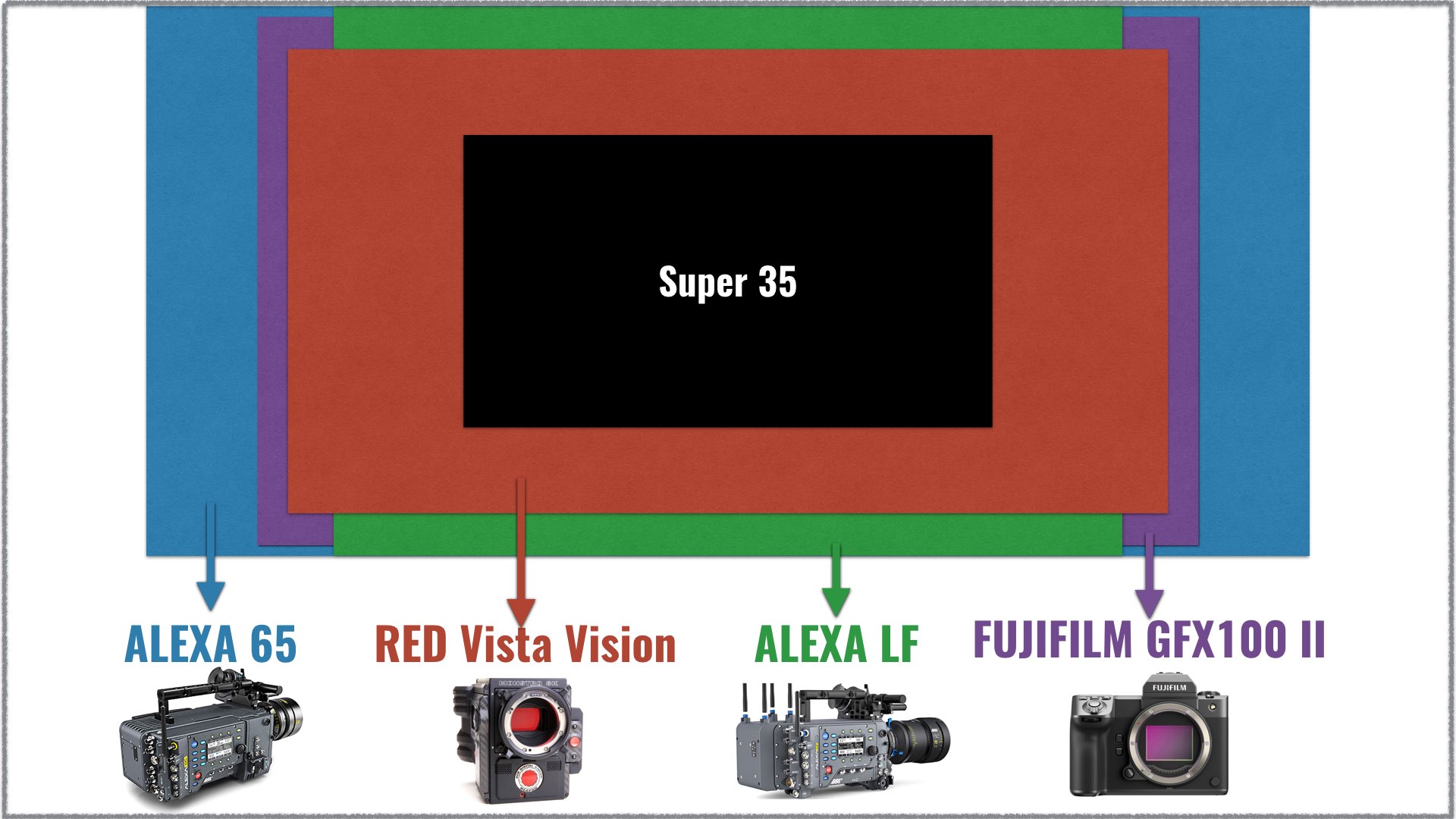
However, in our personal opinion, most of the films shot by the GFX100 II didn’t utilize this large sensor. Pairing this great camera with a high-end cinema lens and rigging it to a professional setup it’s not enough. It looks good, but then the advantages of the camera are not applied. Thus, the potential of the GFX100 II was not utilized completely, in our opinion of course.
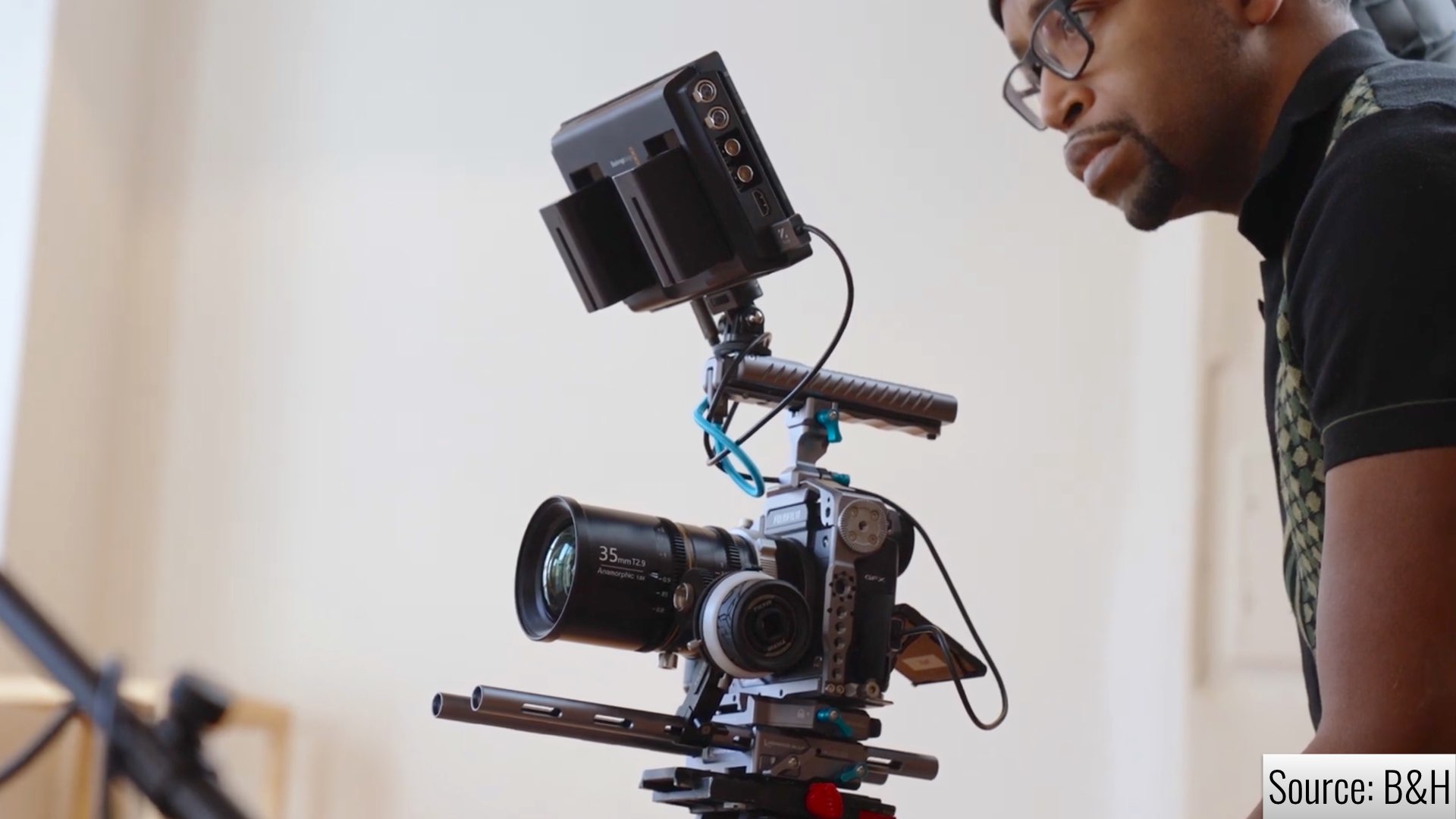
B&H tests the GFX100 II
Another film ‘shot on GFX100 II’ was released by B&H. In a YouTube video titled “FUJIFILM GFX100 II for Video: How Does It Perform?” B&H tried to make a short film by using GFX100 II capabilities (AI-based AF, ProRes and 4:2:2 10 internally, ProRes RAW, BRAW, design, and more). The video demonstrates the utilization of the GFX100 II in much more low-cost indie-style production, which is good. However, once again it seemed that the most important thing was not shown here, and that would be the capabilities and advantages of the medium format sensor in this type of production. B&H could make this project on Super 35mm mirrorless as well, and it would look the same. Check out the video below:
Shooting on medium format
When shooting on a camera that has a significantly larger sensor, we would want to take advantage of that size and use it accordingly. For instance, the pros of medium format sensors are:
- The ability to use longer lenses and still shoot closer to the object (faces look better)
- Getting an extra shallow depth of field.
- The ability to use longer lenses but still get more field of view (using longer lenses inside a room).
- Enhanced motion – That would be demonstrated when the camera moves. Therefore it would be nice to shoot a lot of kinetic shots.
- Using a dedicated glass that can cover the whole sensor.
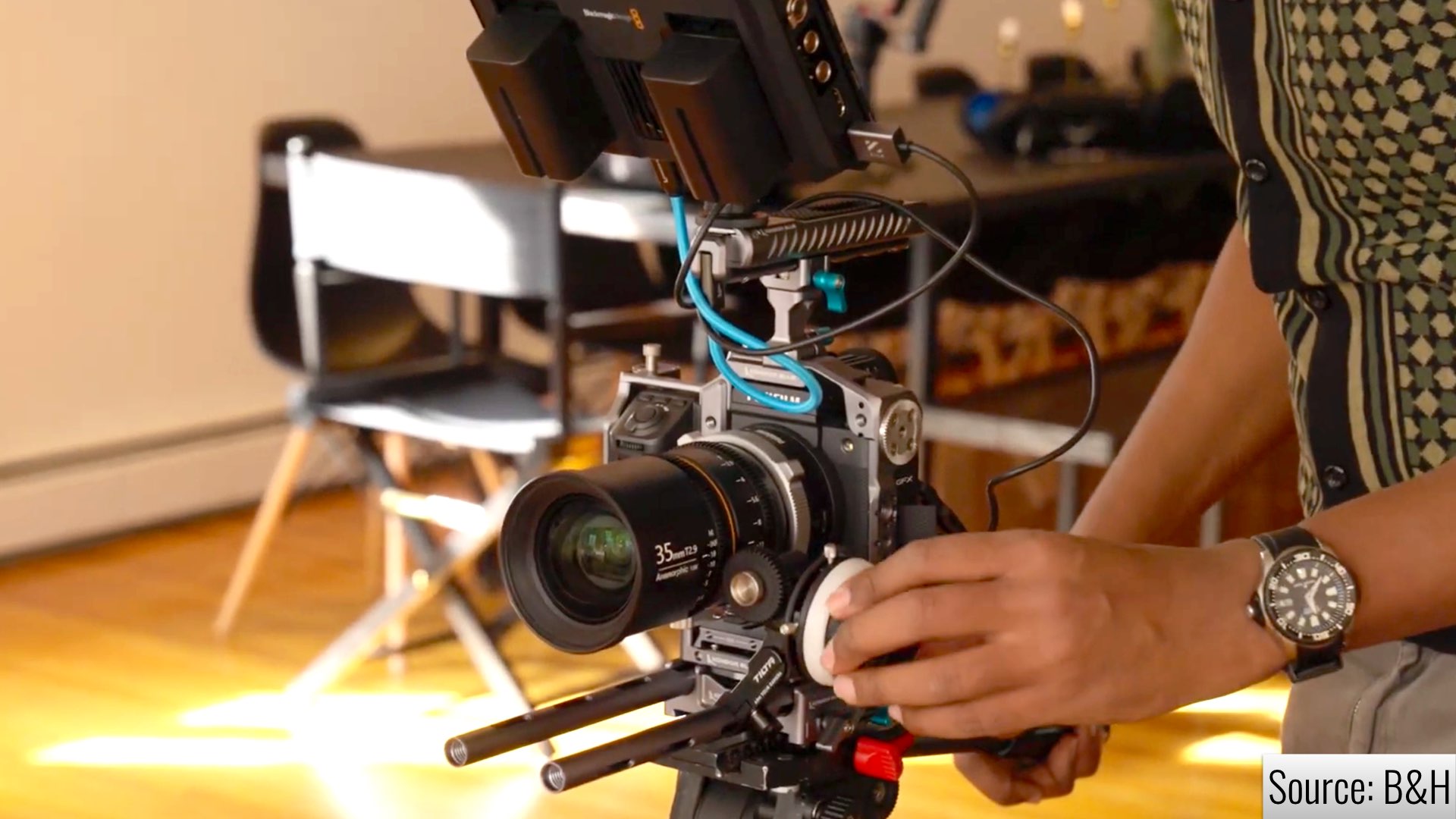
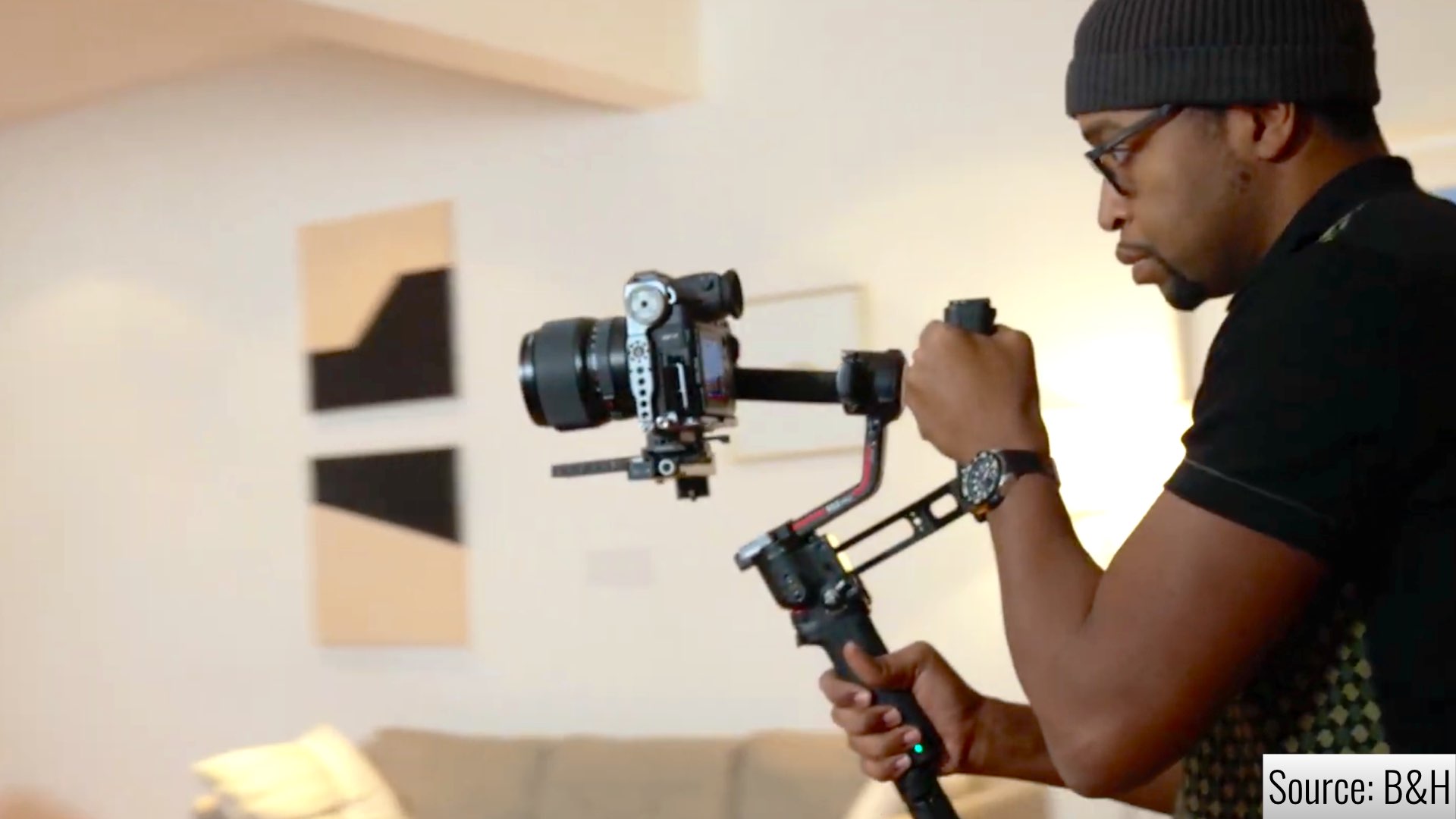
Almost none of these was implemented in the GFX100 II demonstrations, If so, how can customers understand the advantages of medium format cameras in shooting movies?
Product List
Here are the products mentioned in the article, and the links to purchase them from authorized dealers.
- FUJIFILM GFX100 II Medium Format Mirrorless Camera

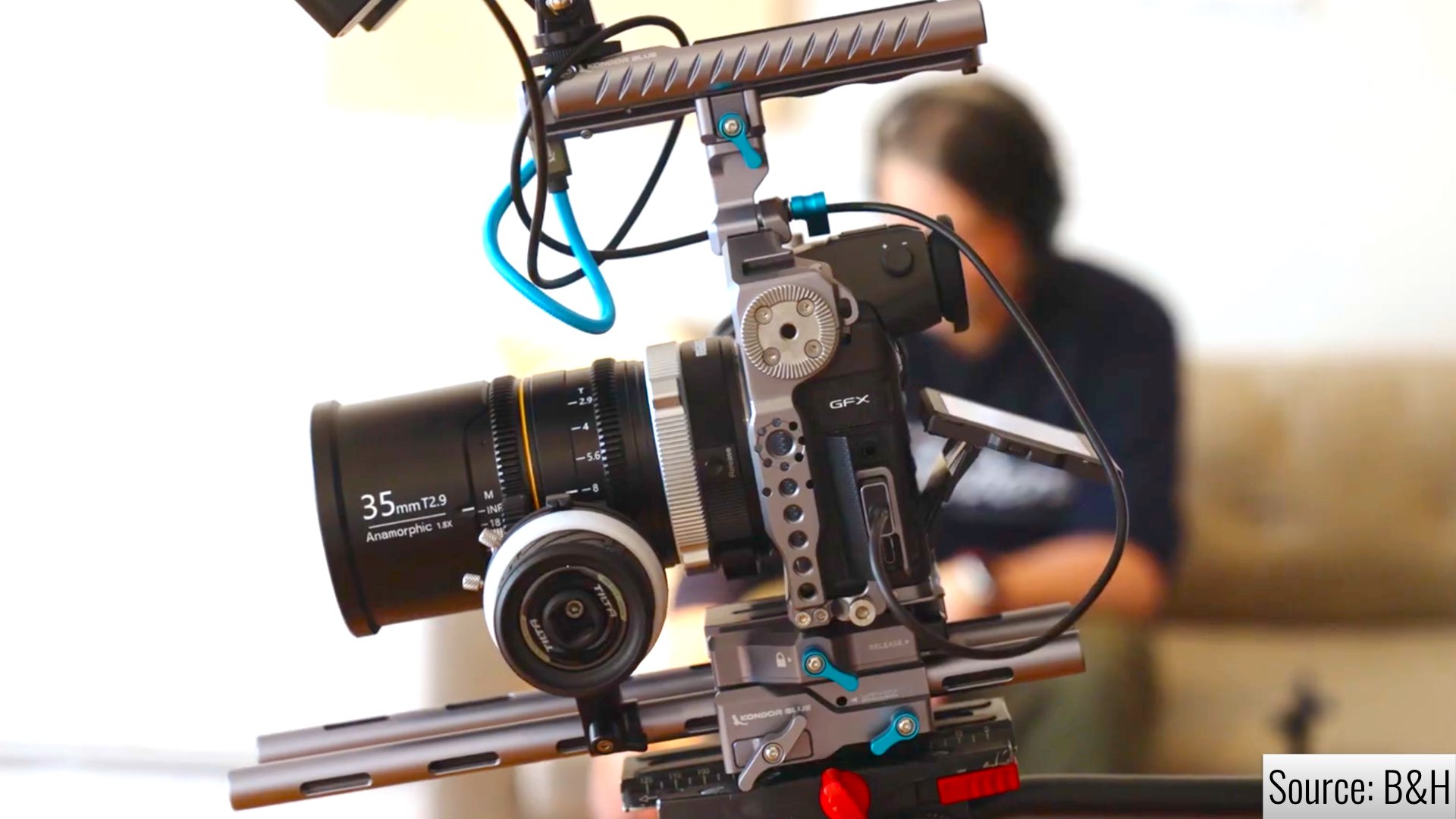
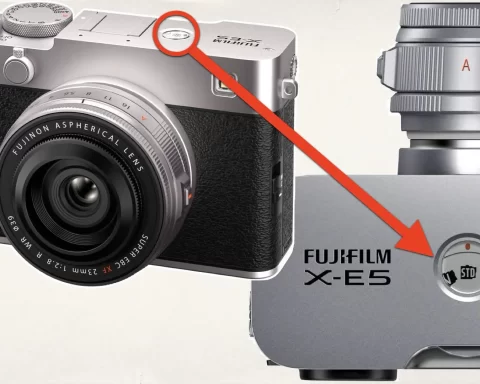
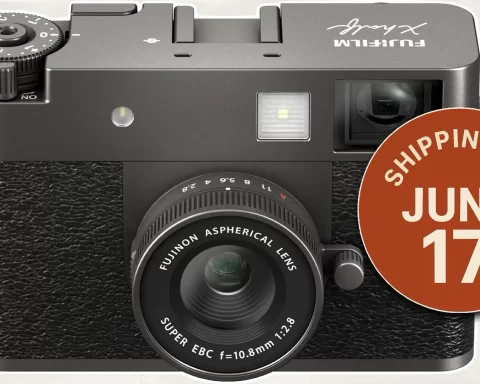
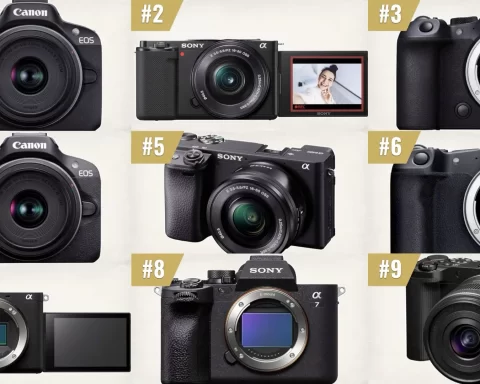
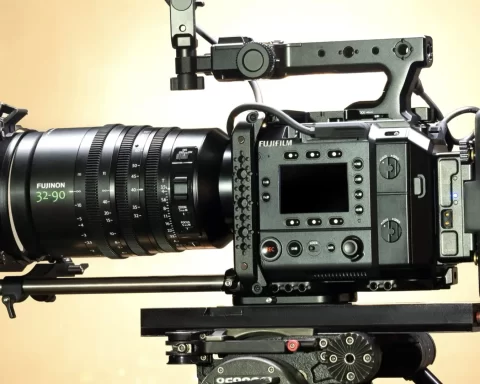



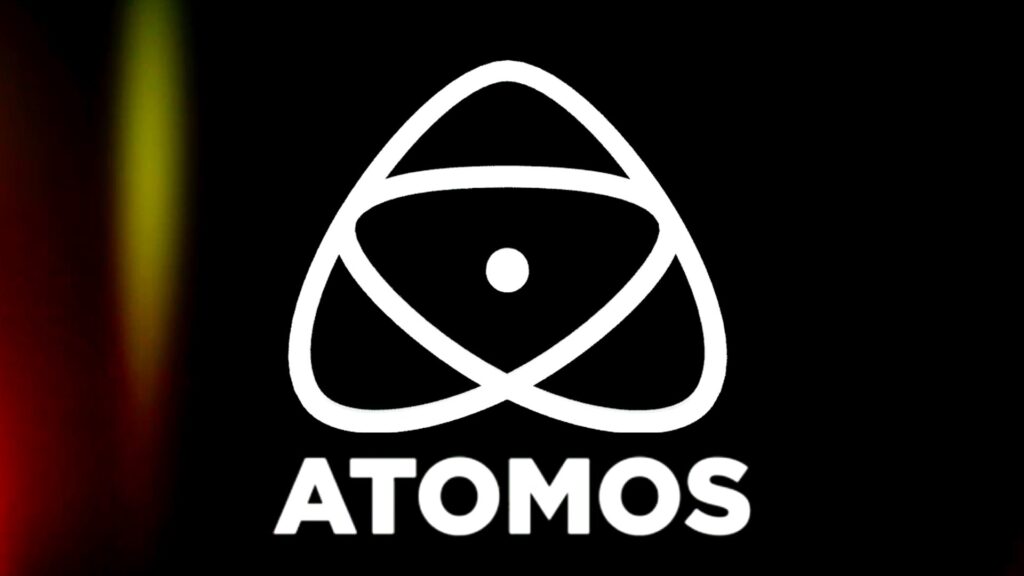
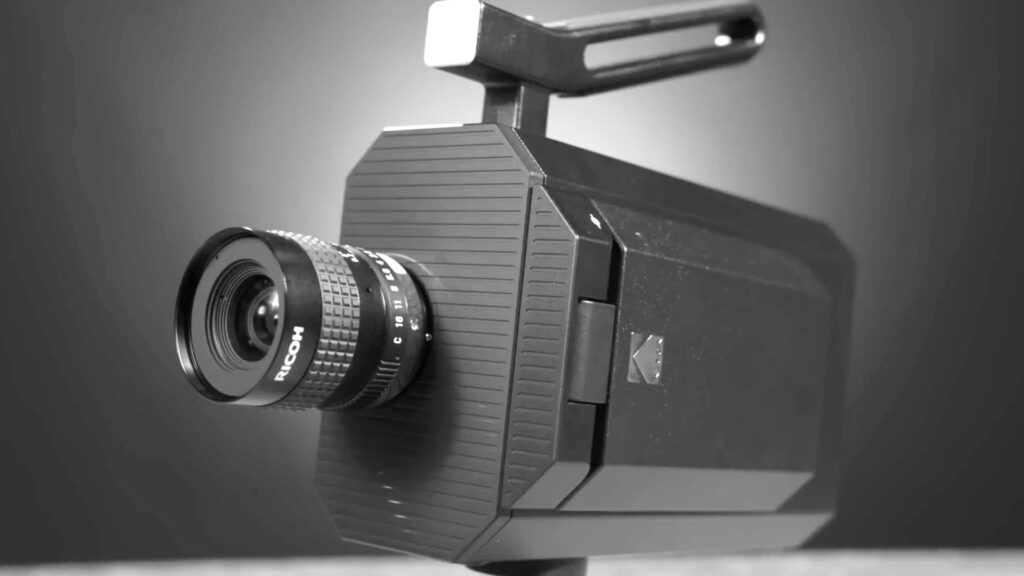
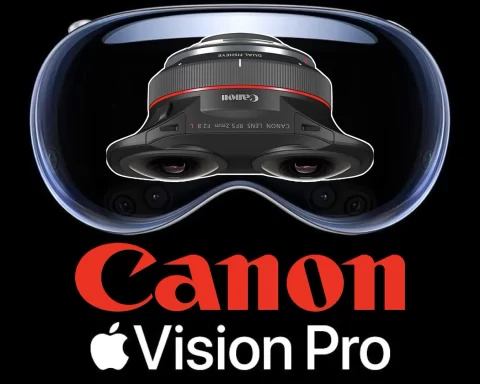
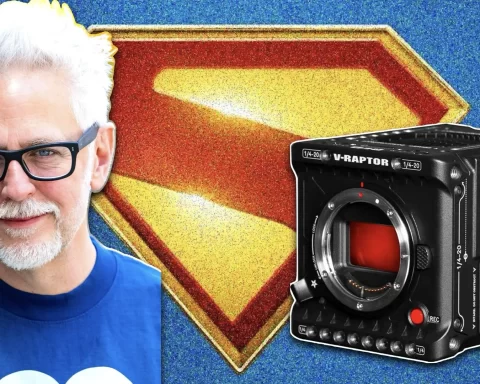
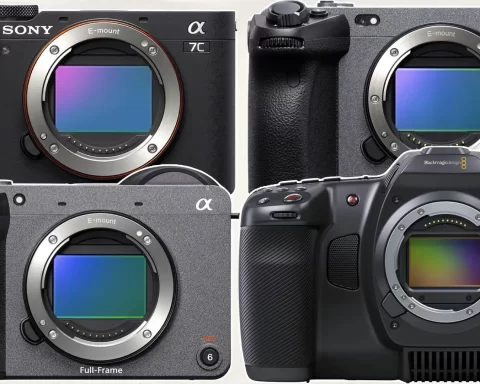
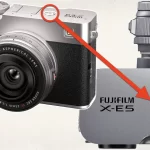
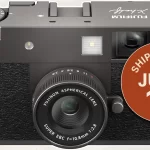
Pair the GFX100 II with a speed booster and a real medium format glass from Mamiya, Pentax 645/6×7, or Hasselblad and voila. The true medium format field of view…